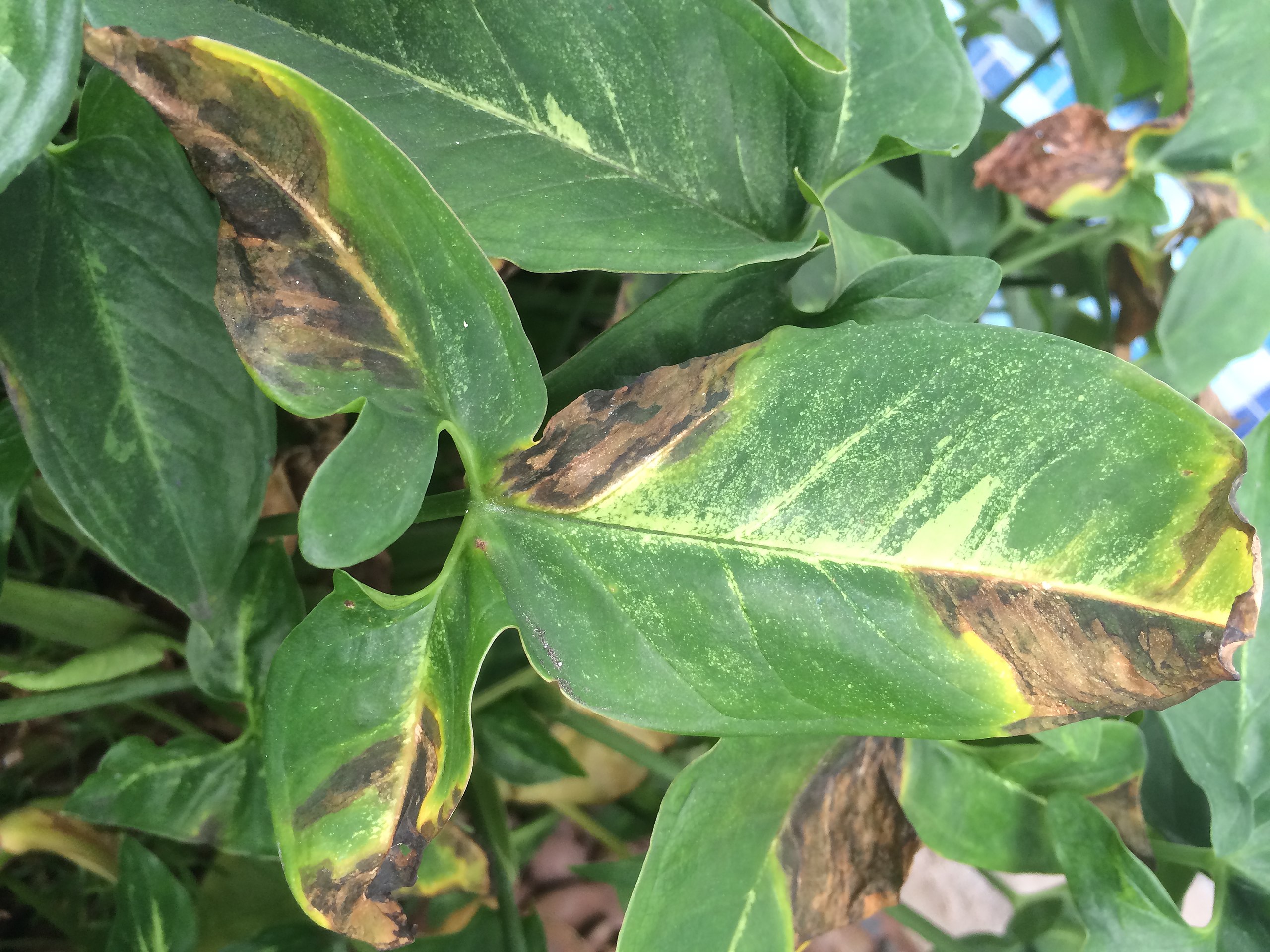
Stemphylium leaf blight
Stemphylium vesicarium
What is Stemphylium leaf blight (Stemphylium vesicarium)?
Stemphylium leaf blight (Stemphylium vesicarium) is a fungal disease affecting various crops. It has a widespread distribution and commonly infects vegetables like onion, garlic, spinach, and beans, as well as ornamental plants such as lilies and iris. The disease thrives under moderate temperatures, increasing humidity, heavy dew, and rainy or foggy weather. Symptoms include water-soaked spots on leaves, which enlarge into tan to gray lesions with dark brown to purplish margins. Severe cases can lead to extensive blighting of the leaves, impacting plant health and productivity.
How does Stemphylium leaf blight (Stemphylium vesicarium) occur?
Stemphylium leaf blight (Stemphylium vesicarium) reproduces and spreads through airborne spores (conidia). The fungus overwinters in plant debris and soil. In favorable conditions, such as warm and humid weather, the spores are released and spread by wind, rain, or human activities. The conidia can germinate and penetrate plant tissues, initiating infection. The disease can also occur as a secondary infection, often when the plant is already stressed or when other diseases are present, allowing Stemphylium vesicarium to exploit weakened plant defences.
Symptoms
1 - Crop Impact
• Stemphylium leaf blight can cause blemishes and lesions on plant parts, reducing the quality and market value of crops. Severe infections can lead to significant yield losses in affected crops. • Infected plants may experience reduced vigor, stunted growth, and increased susceptibility to other diseases.
2 - Soil Impact
• Pathogens can overwinter in plant debris and soil, serving as a potential source of infection in subsequent seasons. • Infected plant debris left in the soil can contribute to the perpetuation of the disease, especially if proper sanitation practices are not followed.
3 - Environmental Impact
• Airborne spores of Stemphylium vesicarium can spread over short or long distances, contributing to the disease's dissemination and potential impact on nearby crops.
Solutions
1 - Prevention Measures
• Avoid planting susceptible crops in the same location for consecutive seasons to reduce the buildup of the pathogen. • Remove and destroy infected plant debris to minimize the overwintering potential of Stemphylium vesicarium. • Implement proper plant spacing, and adequate ventilation, and avoid overhead irrigation to reduce leaf wetness and create unfavorable conditions for disease development. • When available, choose cultivars with resistance or tolerance to Stemphylium leaf blight.
2 - Chemical Control
• Fungicides can also be used as part of an integrated disease management strategy. Some fungicide options for Stemphylium Leaf Blight control include pyrimethanil/fluopyram, azoxystrobin/difenoconazole, difenoconazole/cyprodinil, pyraclostrobin/fluxapyroxad, penthiopyrad, and boscalid/pyraclostrobin. • It is important to carefully follow the instructions on fungicide labels, consider rotating with fungicides of different modes of action, and consult with local experts for specific recommendations based on crop and region
